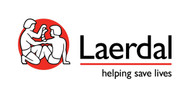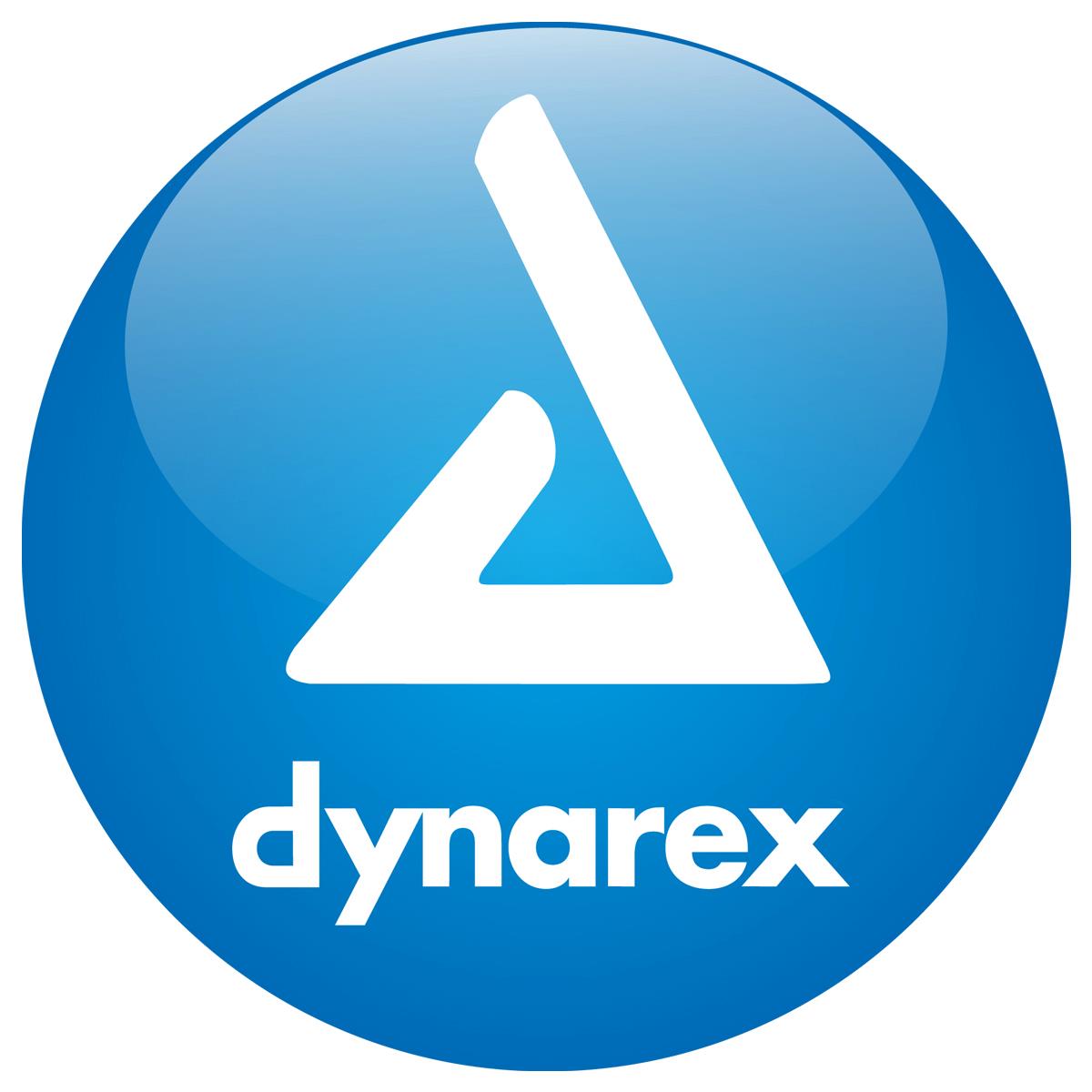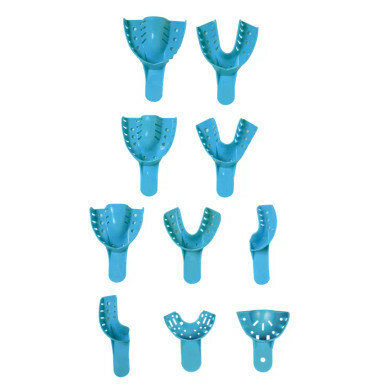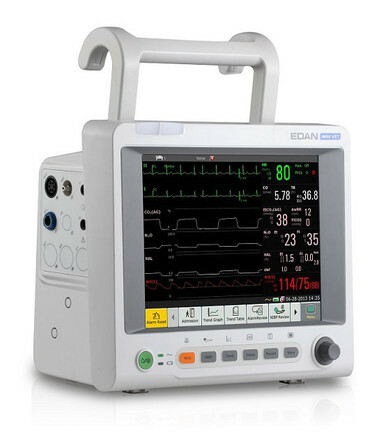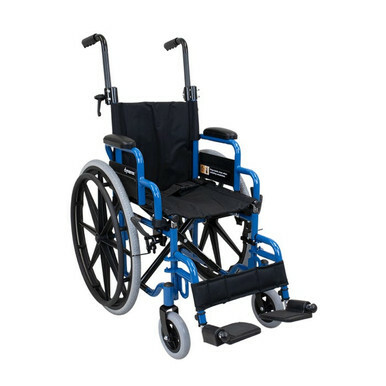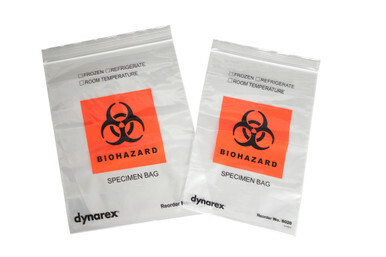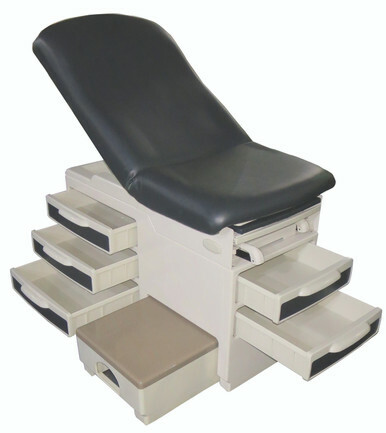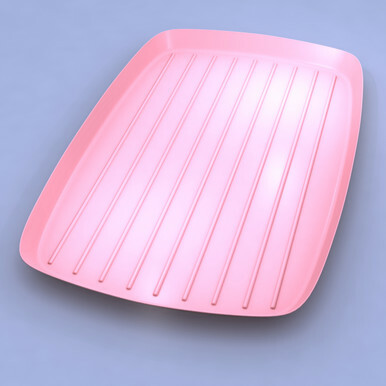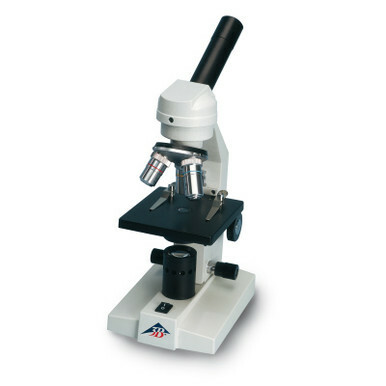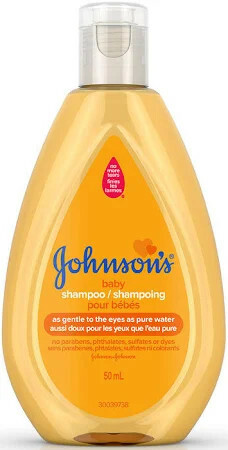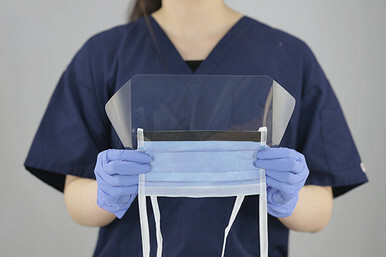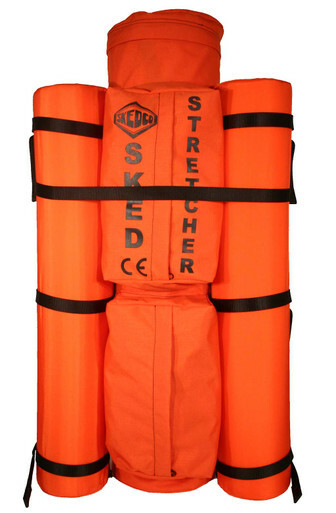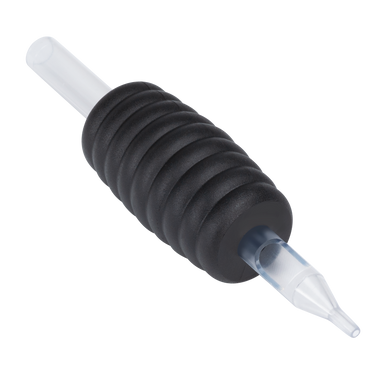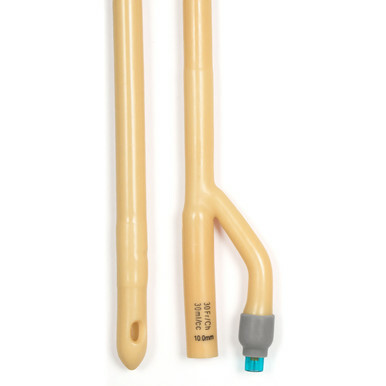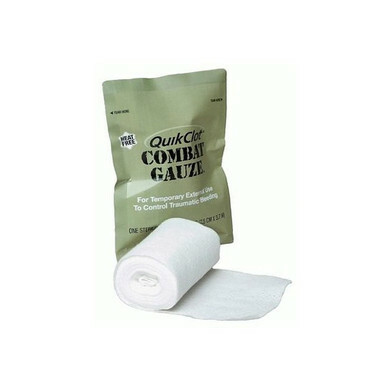Understanding Oxygen Cylinder Sizes: What You Need to Know for Safe and Effective Oxygen Therapy
Posted by EMRN on 18th Oct 2023
When it comes to oxygen therapy, one size doesn't fit all. Oxygen cylinder sizes vary, and selecting the right size is crucial to ensure patients receive the appropriate oxygen flow rate for their medical needs. In this blog post, we'll delve into the different oxygen cylinder sizes, how much they hold, and how long they last, providing valuable insights for both healthcare professionals and patients.
Common Oxygen Cylinder Sizes:
Oxygen cylinders come in a range of sizes, each designated by a letter. The two most commonly used sizes are:
- M6 Cylinder (B):
- Capacity: Approximately 164 liters of oxygen when full.
- Duration: The duration depends on the prescribed flow rate. At a standard flow rate of 2 liters per minute (LPM), an M6 cylinder may last around 82 minutes.
- E Cylinder (D):
- Capacity: About 679 liters of oxygen when full.
- Duration: Again, the duration varies based on the flow rate. At 2 LPM, an E cylinder can provide oxygen for approximately 339 minutes.
Selecting the Right Size:
Choosing the appropriate oxygen cylinder size depends on several factors:
- Prescribed Flow Rate: The flow rate prescribed by the healthcare provider determines the consumption of oxygen. Higher flow rates will deplete the cylinder more quickly.
- Frequency of Use: How often the cylinder will be in use also affects the choice of size. Frequent users may opt for larger cylinders, while occasional users may find smaller ones sufficient.
- Portability: Smaller cylinders like the M6 are more portable, making them suitable for travel or mobility.
- Space and Storage: Consider where the cylinder will be stored and whether there is enough space for larger cylinders.
Efficiency and Safety:
It's important to be aware of oxygen conservation techniques and safety precautions. Using oxygen conserving devices can extend the life of the oxygen cylinder by delivering oxygen only when the patient inhales. Additionally, ensure proper storage, secure the cylinder to prevent accidents, and regularly check for leaks or damage.
Replenishing Oxygen:
When an oxygen cylinder is empty, it must be replaced or refilled. Many medical supply stores offer cylinder exchange services, allowing patients to swap their empty cylinder for a full one. This can be more convenient than having to refill the cylinder.
Understanding the different oxygen cylinder sizes, their capacity, and duration is crucial for effective oxygen therapy. Patients and healthcare providers should work together to select the appropriate cylinder size to meet the patient's specific needs. Safety and efficient use of oxygen are paramount, and regular checks and maintenance ensure a reliable supply.
At EMRN we provide a range of oxygen cylinders and related equipment to meet the diverse needs of our customers. Whether you require a small, portable M6 cylinder for everyday use or a larger E cylinder for longer durations, we have the right options for you. We are dedicated to supporting your health and well-being by providing high-quality medical supplies and equipment.



